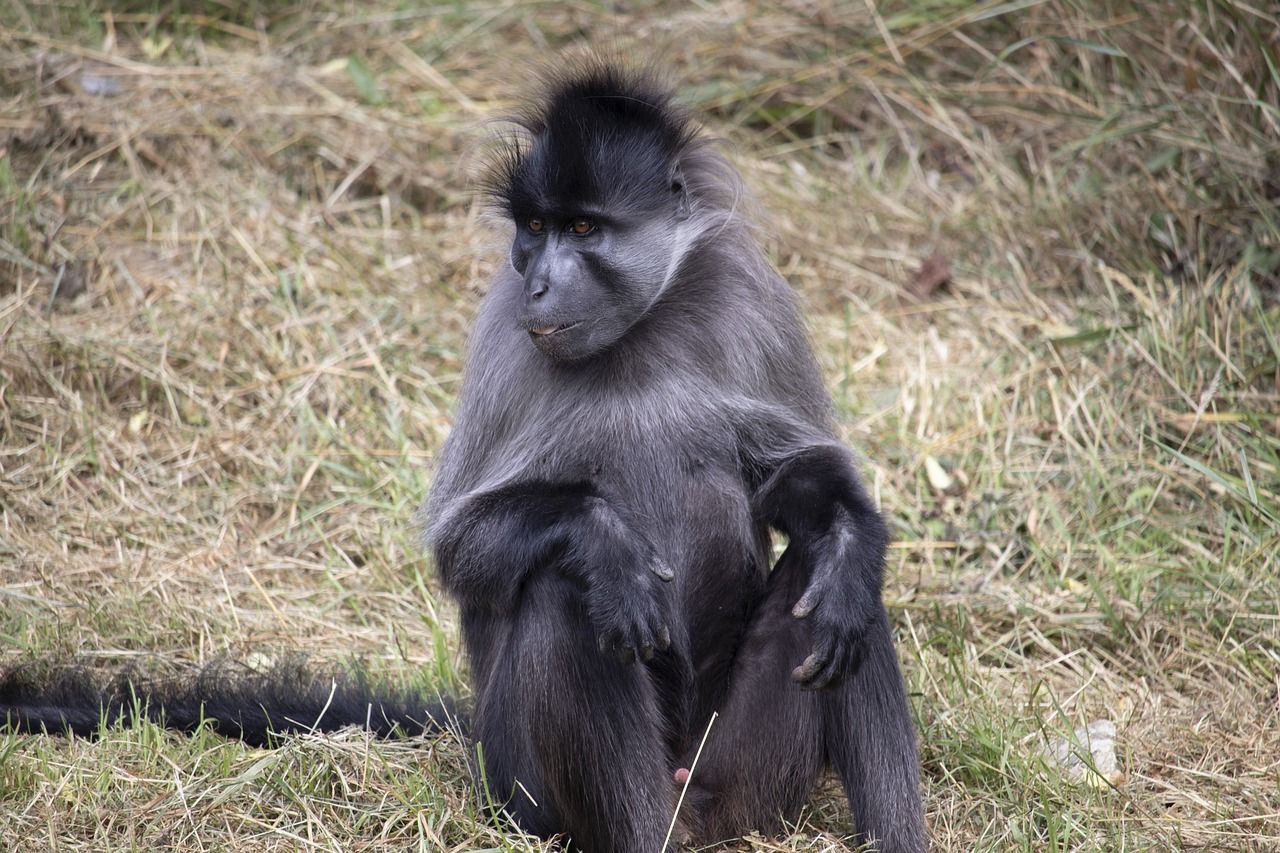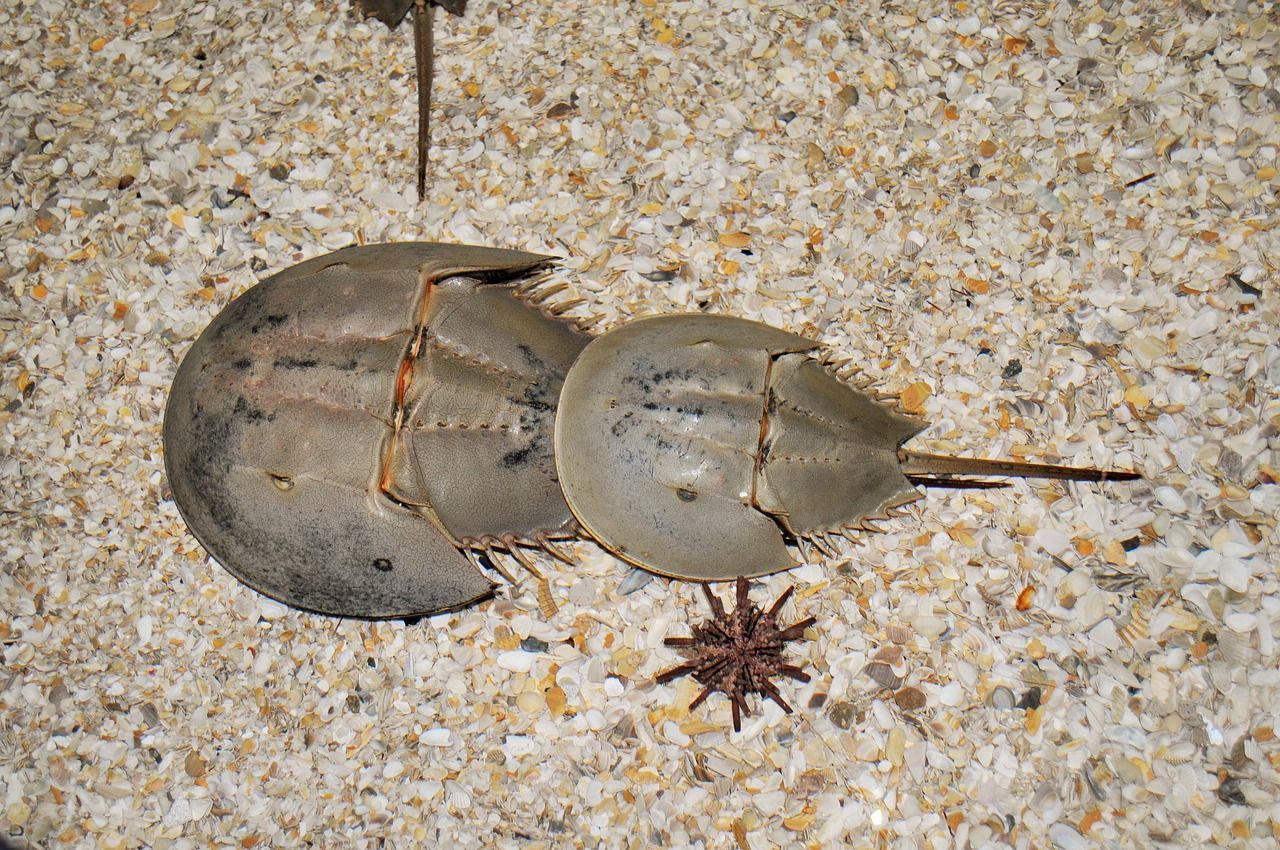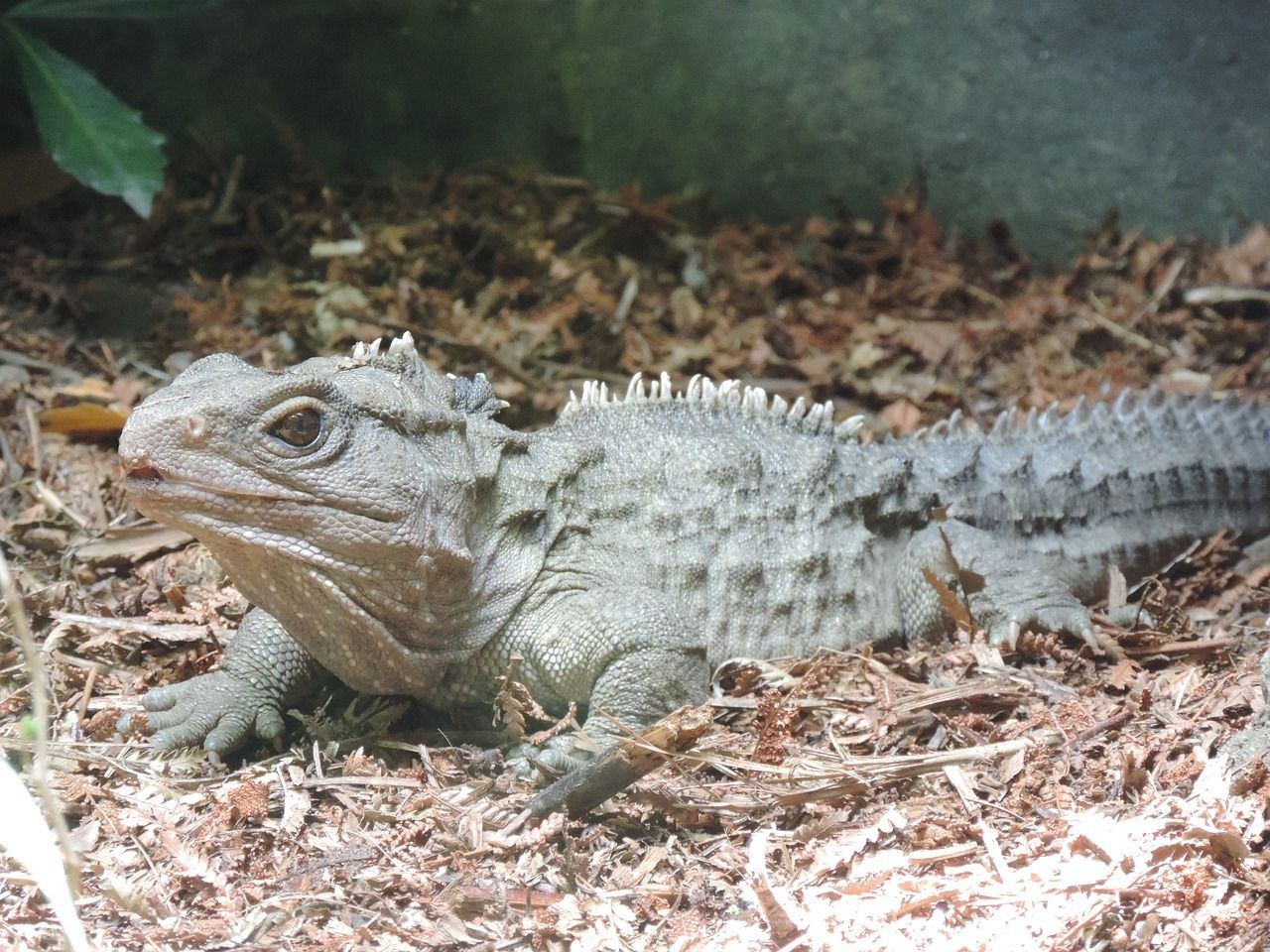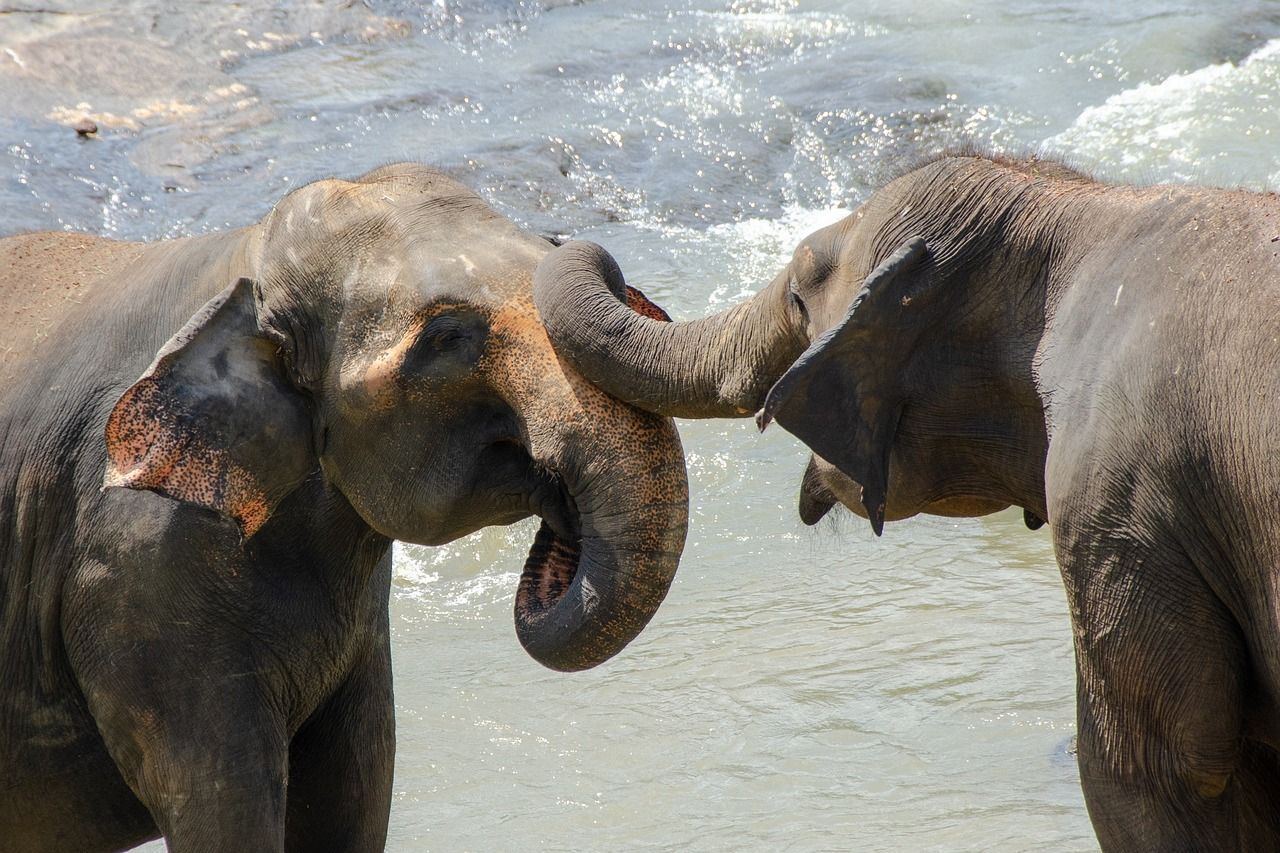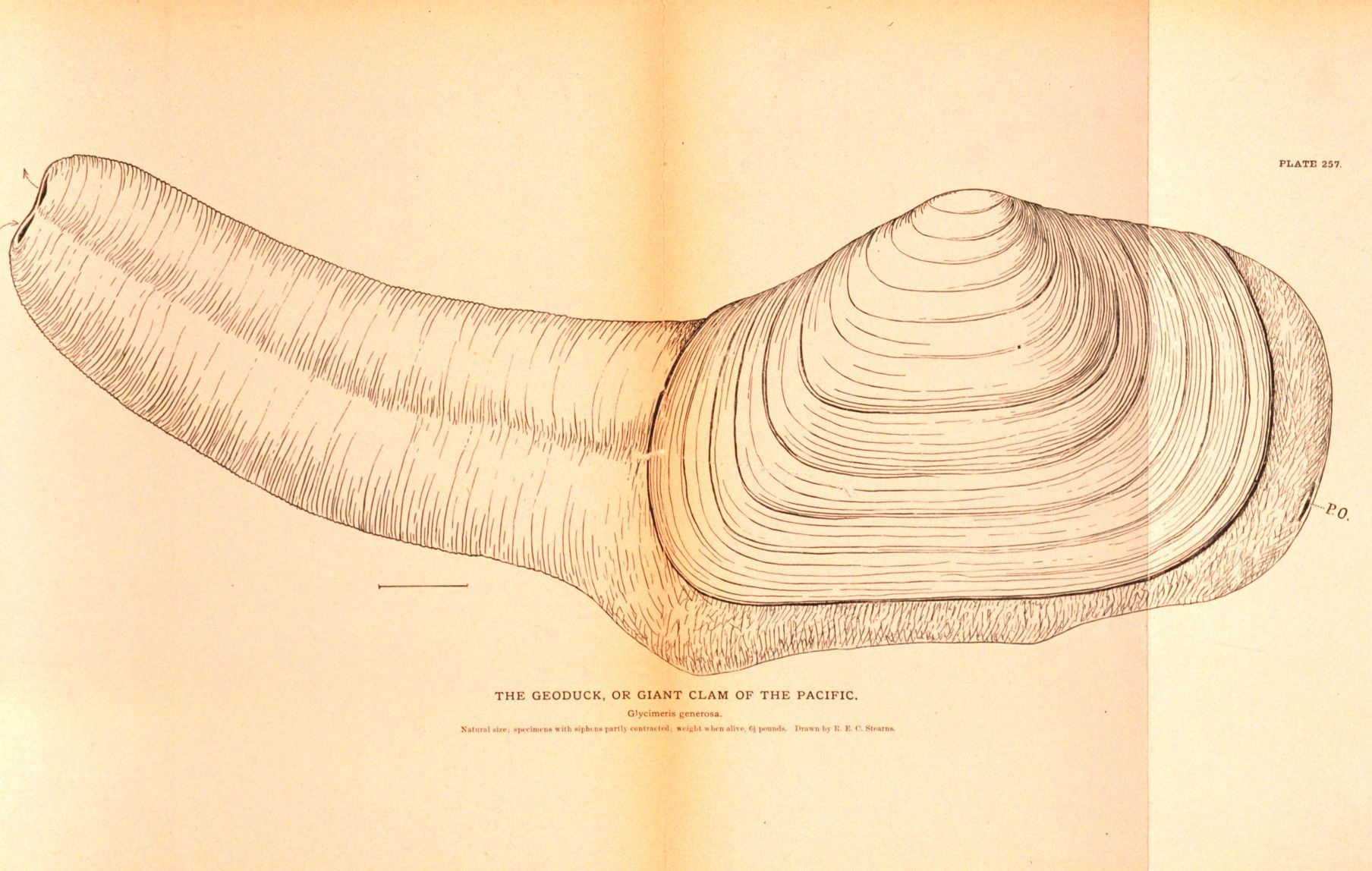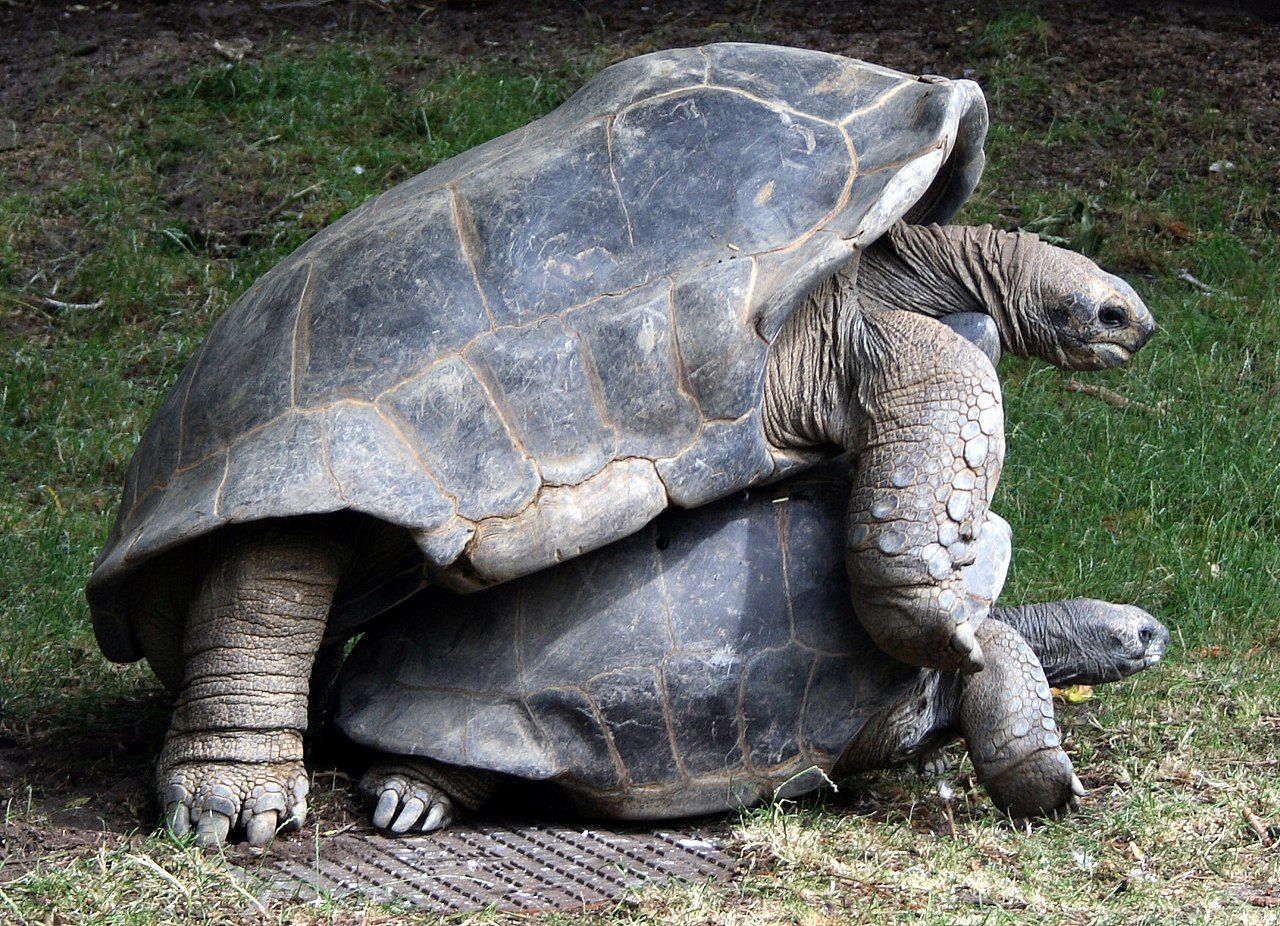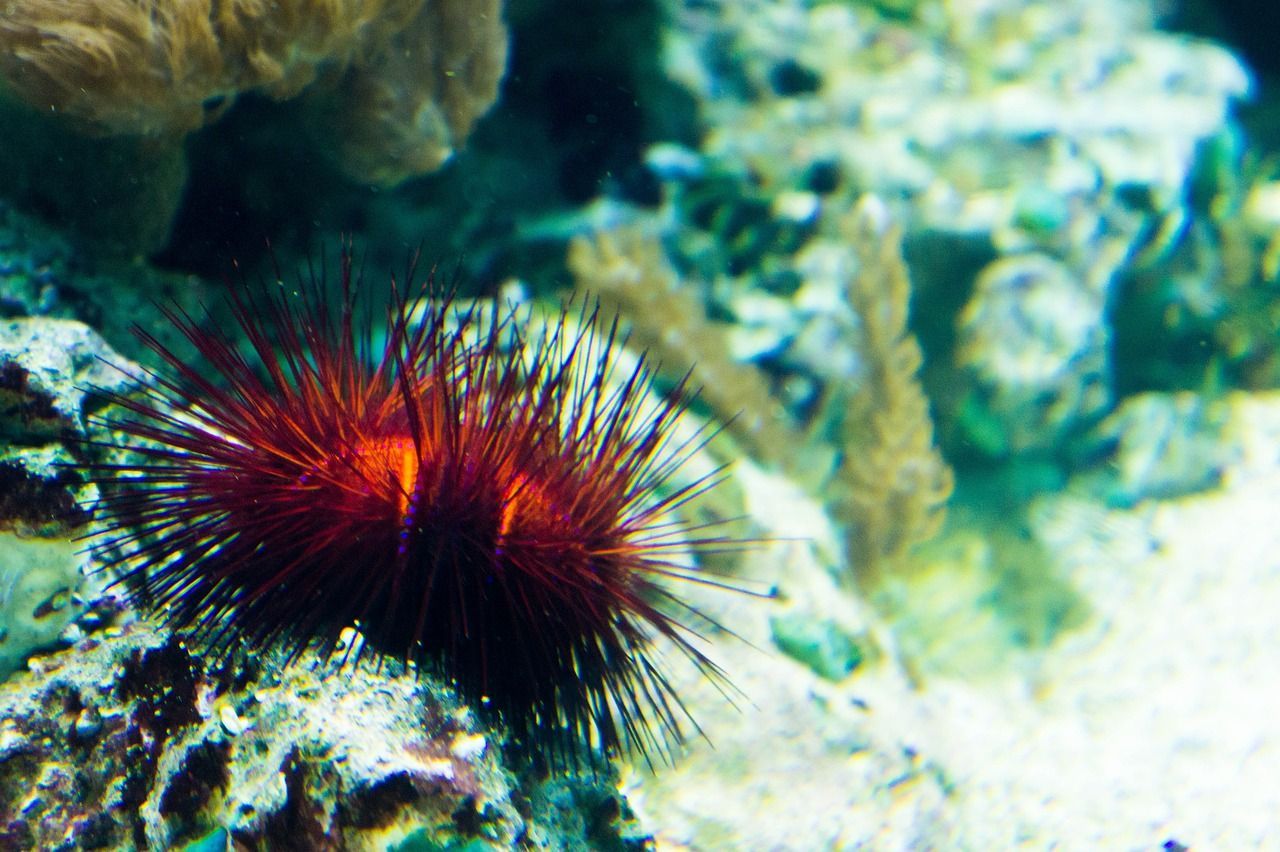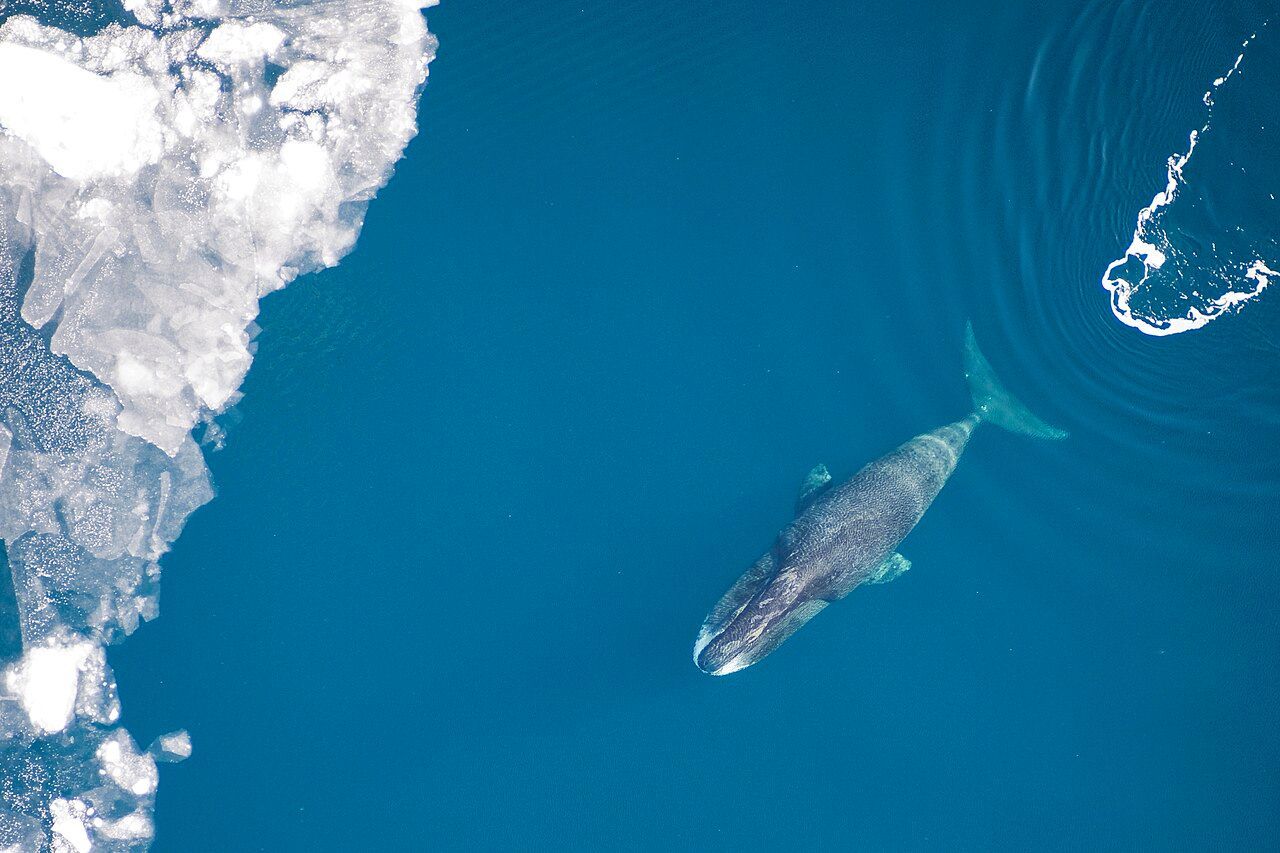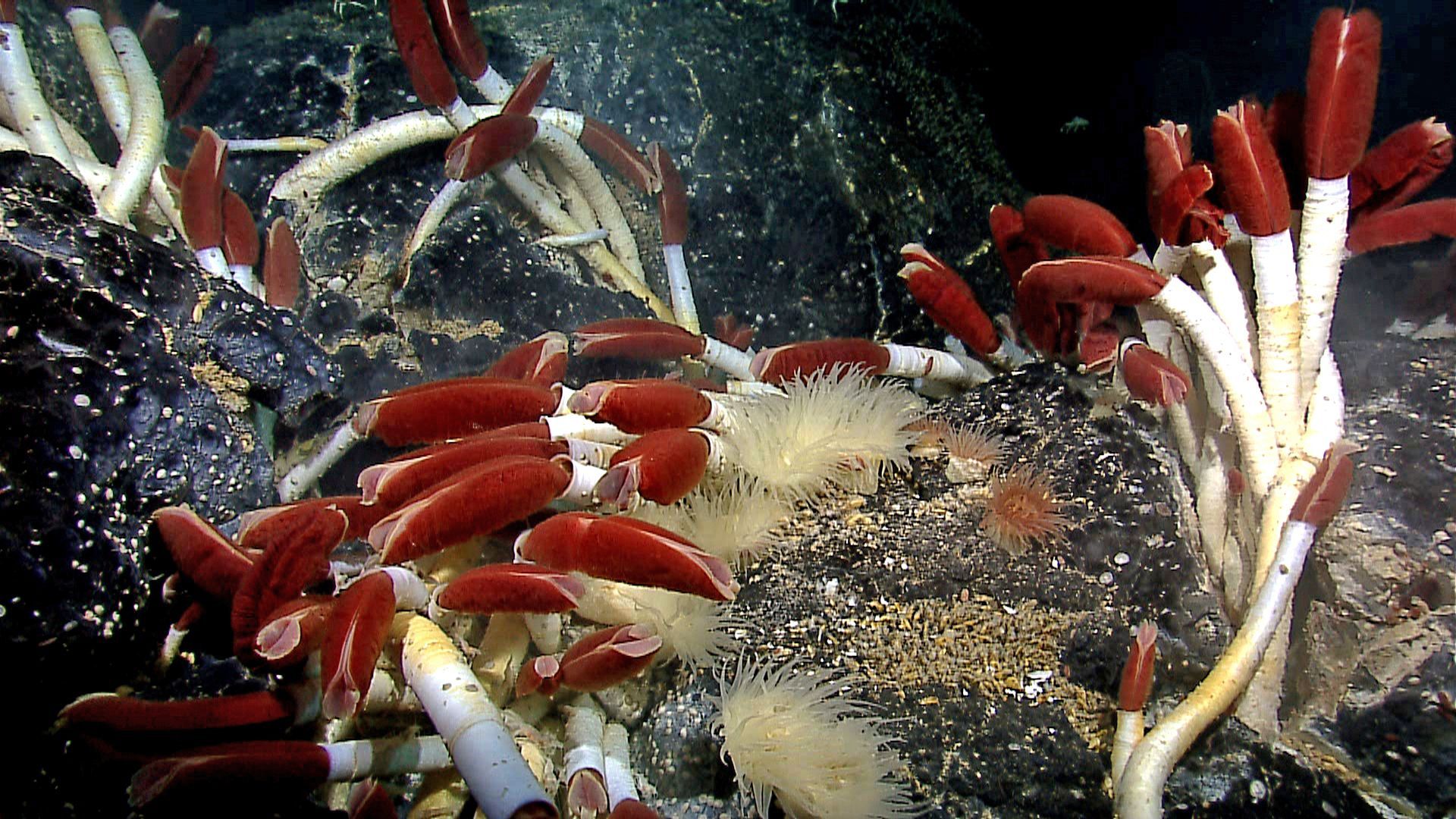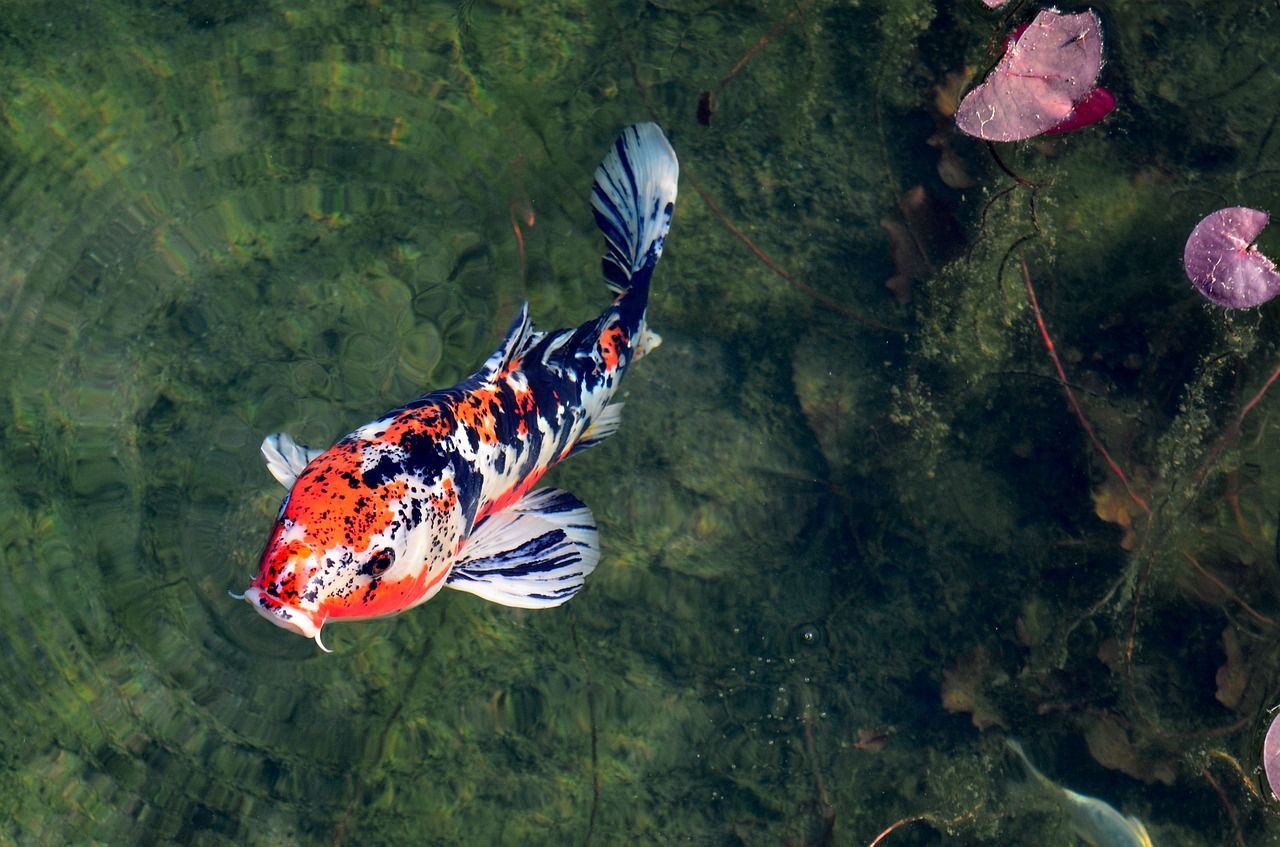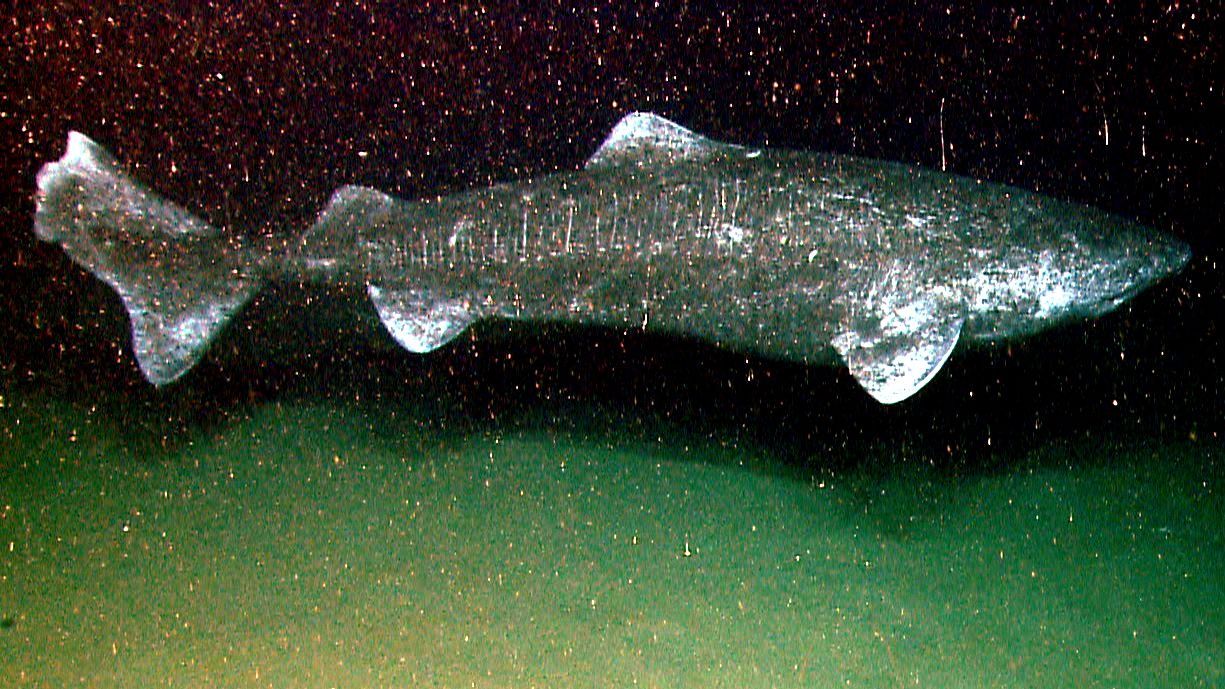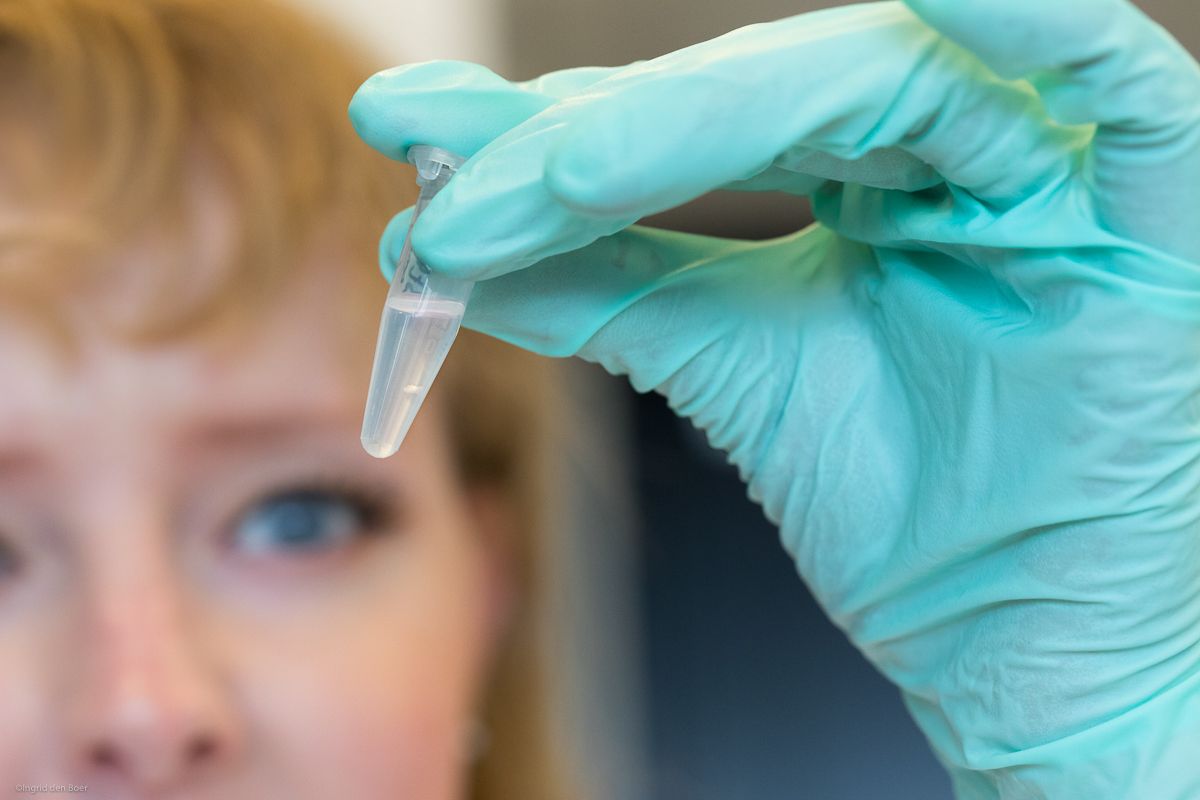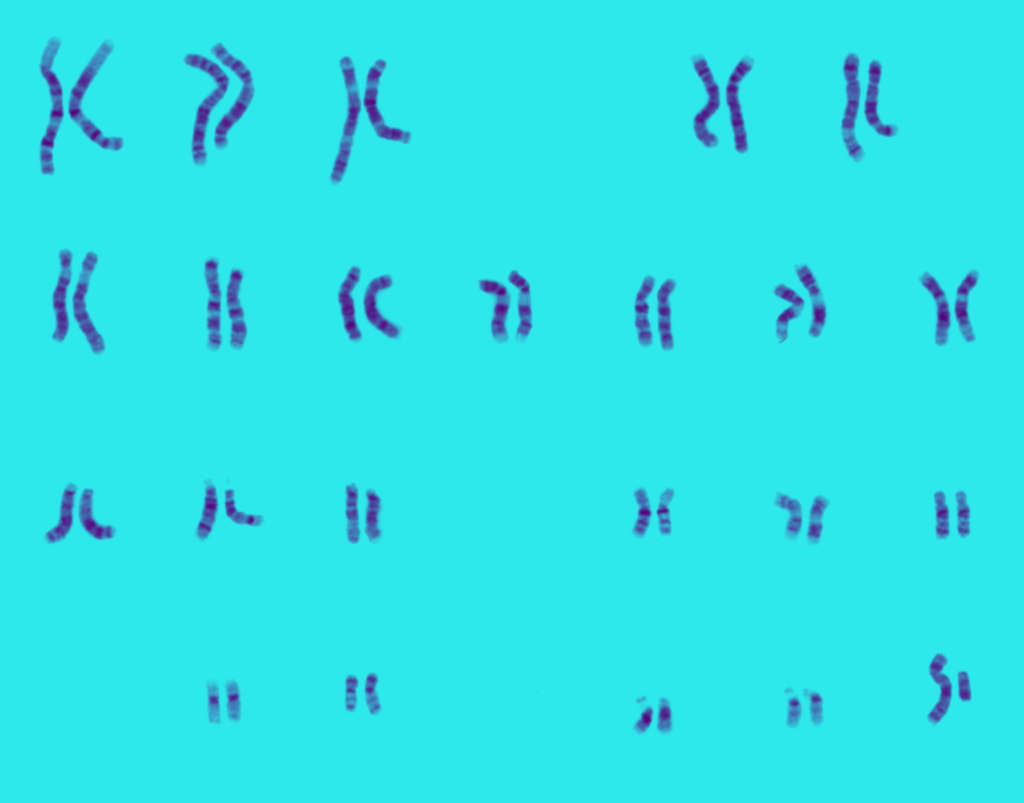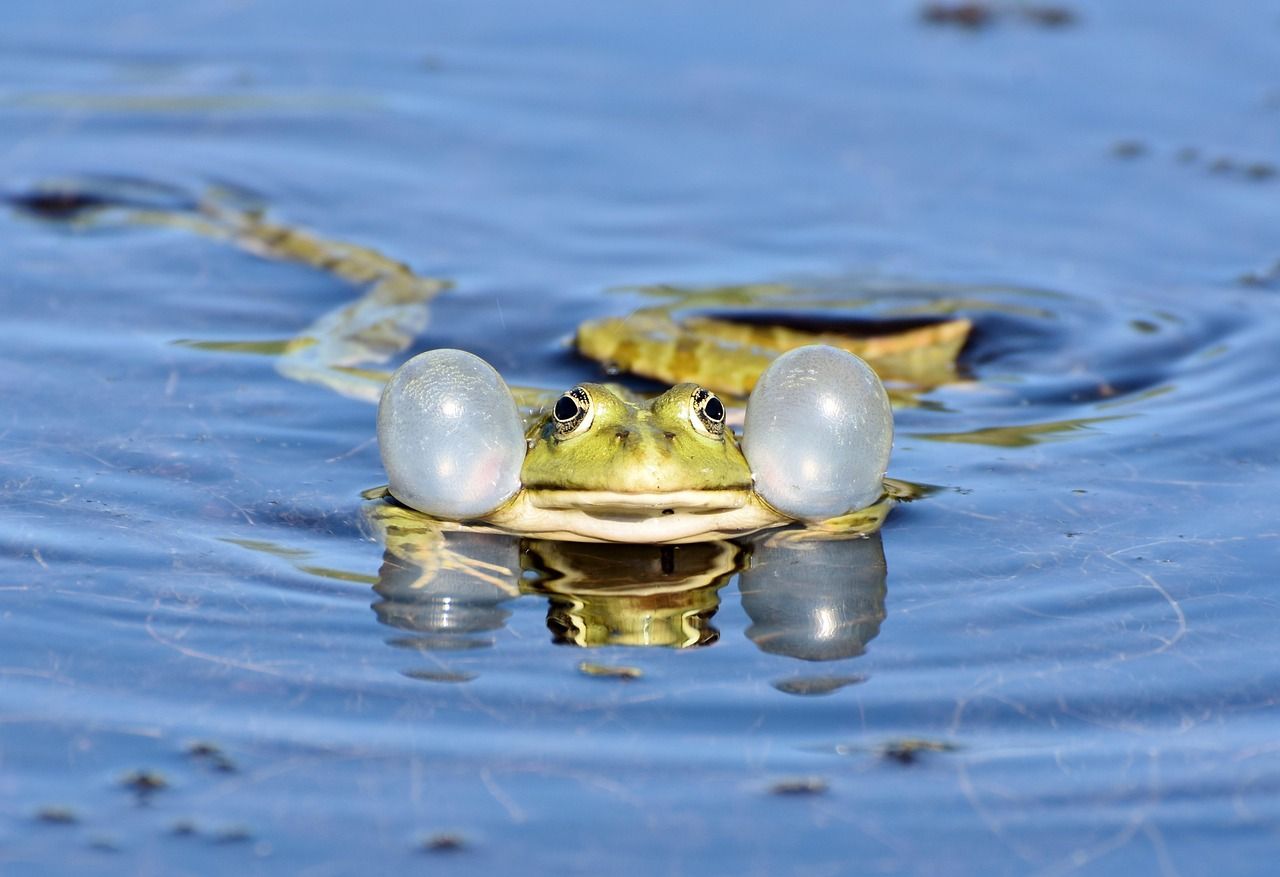Oldest animals: a top 10!
(Engelse versie blog, voor de Nederlandse versie + bronnen klik je hier)
11 mar, 2024
The one-day-fly (also, mayfly) owes its name to its rapid lifespan, while a whale can sometimes live up to 200 years! But where do these differences in lifespan come from? And which animals really live to be the oldest? I present to you my 'top 10' of super old animals!
One thing we all know for sure, and that is that we will all die one day. But it is the moment of our death which is uncertain. We consult fortune tellers and their crystal balls
en masse - but often with no gain. No one can predict the future. What we do know is that,
sooner or later, we will have to deal with poorer health, illnesses, or an accident, perhaps. And if not, our body will eventually become simply exhausted. This applies to people, but also other animals.
[Text continues after photo]
Did you know I once studied the longevity of zoo-housed primates once? You can read about it here.
Demographics are handy
Fortunately, we can make a reasonable estimate of the potential lifespan - also referred to as the 'longevity' - of an individual of a species based on biological data and statistics. By analyzing the timing of births, deaths, and the progression of aging within groups or populations over time, we get an idea of how old something or someone can become. Such studies fall under the study of 'demography'. See also 'demo - what, exactly?', an item in which I talk about how I, as a biologist, investigated the demography of monkeys in zoos.
Crystal balls are not magical, and equally so no life on our planet earth luxuriates in absolute immortality. Although some animals bear the name of 'living fossils' - for instance the primitive-looking
Nautilus or horseshoe crab - this does not mean that those animals never die. On the contrary! They are only called living fossils because in their appearance they still look exactly the same as their prehistoric ancestors. However, both Nautiluses and horseshoe crabs live for an average of about twenty years before they see the light of day and die. That being said, some animal species do exist that have a sort of 'cheat code'...
Horeseshoe crabs have a very ancient, primitive appearance and that is why people think they can get really old. They do look like their ancestors, but the animals themselves (only) live up to ~20 years.
Extraordinary creatures?
Some species of jellyfish exist that can continuously 'rejuvenate' themselves. There are also so-called 'Hydra' polyps, which are able to clone themselves over and over. In theory, such animals can thus live forever. Also, there is a marine animal called the 'glass sponge', which can live for more than 10,000 years in a stable environment. But to truly live forever, even those outstanding organisms would have to live on an ideal planet with an infinite supply of food and no enemies, changes, and dangers lurking. That is something our wild, natural earth cannot offer us, nor long lasting sponges and bizarre jellyfish.
But for now, let's ignore the outliers and let's focus on animal species that have a clearly visible aging pattern. At least, one that is clearly visible to us. If we look at humans, we can say we are doing pretty well: men live for about an average of 80.1 years, and women get slightly older, with an average lifespan of 83.1 years. Many animal species will reach the same age, or even easily surpass it. Here is my top 10 favorite, oldie animals!
[Text continues after photo]
Top 10 of elderly animals
#10 - Tuatara
This beautiful lizard only occurs in the wild in New Zealand. Most tuataras live to be around 60 years old, but sometimes they can reach 100. This elderly lizard is also called a living fossil: the tuatara has barely changed in appearance since its Jurassic ancestors 200 million years ago."
Tuataras can get really old and have such a cool appearance because they are so-called 'living fossils'!
#9 Asian elephant
Elephants generally live to around 60 to 70 years in the wild - but sometimes there are outliers. For example, there is an elephant named Vatsala in a reserve in India who is currently 105 years old. She is the only elephant in the world known to have lived past 100.
Did you know that elephants have six sets of molars that slowly wear down throughout their life? Thus, at some point when they reach a very old age, they will have no molars left to chew with.
#8 Pacific geoduck
"The Pacific geoduck mussel, also called an 'elephant-trunk clam', is a very large saltwater shellfish. The long organ that gives them their name protrudes from between the shell halves and is used for breathing and eating plankton. This eccentric animal species easily reaches an age of about 150. The oldest one known, died at 168 years."
The Pacific geoduck is also called the 'elephant-trunk' clam in English. In Dutch, we are a lot more straightforward than that: we simply call it a sea-dick.
#7 Aldabra giant tortoise
"Meet Jonathan, the oldest living land animal. He was born in 1832 and is now over 191 years old. This Aldabra giant tortoise lives on the island of Saint Helena. Another famous giant tortoise is Harriet, who traveled with Charles Darwin on his ship 'The Beagle''. She eventually lived to be 176 years old."
The Aldabra giant tortoise is endemic to the Seychelles and is one of the largest species of tortoise that exists.
#6 Red sea urchins
Sea urchins are bizarre animals that are covered in an armor of spines, hence their name. A special species is the red sea urchin, which can reach an age of about 100 years. But often they even surpass this and live to be 200! They can also regenerate their spines in case they lose them.
De red sea urchin lives in the Pacific ocean, mostly in shallow waters. I could not find a better photo, so I present to you a slightly different species - but they basically all look the same: round and spikey!
#5 Bowhead whale
The Bowhead whale lives in the cold Arctic waters and easily becomes 200 years of age. This makes itt the longest living mammal. These whales appear to be extraordinary when it comes to repairing damage in their own DNA.
The fact that bowhead whales are so great at repairing mutations in their DNA has been linked to longevity and cancer resistance.
#4 Bristle worms
More than ten thousand species of bristle worms exist. They live a peaceful life in the deep, dark ocean and they are very successful when it comes to living as long as possible. Some species easily reach 300 years of age. Quite impressive for an animal that consists merely of a simple head, cylindrical body, and tailpiece.
These old, giant tube worms can tolerate extremely high hydrogen sulfide levels!
#3 Koi carp
Koi carp are bred color variants of the common carp. The oldest koi ever was called Hanako and she was 225 years old when she died in 1977. In ornamental ponds, koi carp generally live to be about 40 years old, while wild carp in nature become slightly older, with an average of 70 years. Hanako was clearly one of the outliers!
In Japan, many people keep Koi fish in ponds as they represent prosperity, good luck, and fortune.
#2 Greenland shark
The Greenland shark is the longest living vertebrate species. Their lifespan is estimated to be between 250 and 500 years. It takes 150 years before this shark can even reproduce. The species is found in the deep waters of the Atlantic Ocean and primarily eats fish, but also likes the occasional giant squid as a dessert.
Image courtesy of the NOAA Office of Ocean Exploration and Research, Northeast U.S. Canyons Expedition 2013.
#1 Ocean quahog
This ocean quahog can live extremely long thanks to its hard shell, which closes very tightly. In 2006, a specimen was caught in Icelandic waters. This meant the end for 'Ming', who was 507 years old: researchers killed him to determine his age, and then discovered how ridiculously old he was. Humans....
The absolute winner of 'oldest animal' is the ocean quahog!
Ecomare/Oscar Bos, CC BY-SA 4.0
Photos: Pixabay & Public Domain & Ecomare/Oscar Bos, CC BY-SA 4.0 <https://creativecommons.org/licenses/by-sa/4.0>, via Wikimedia Commons.
Sources:


